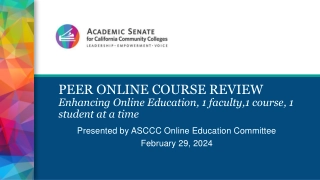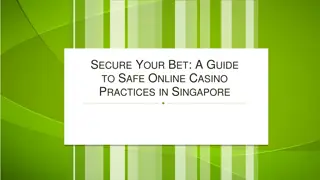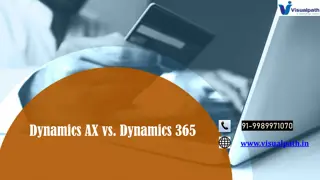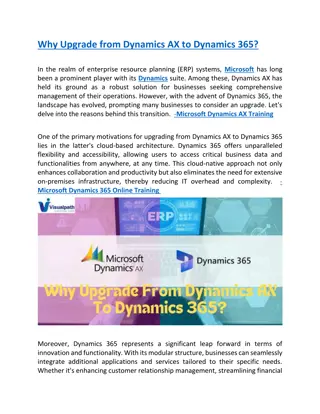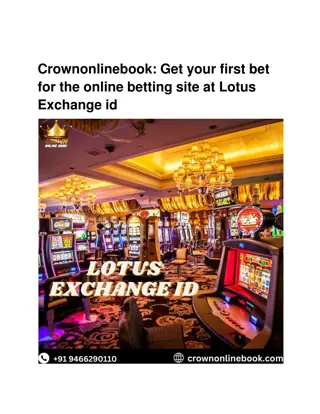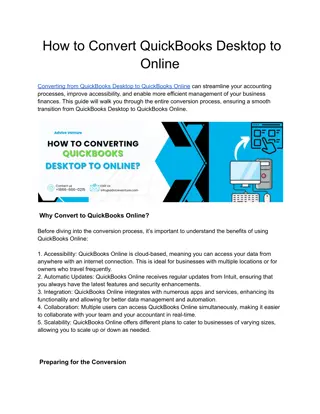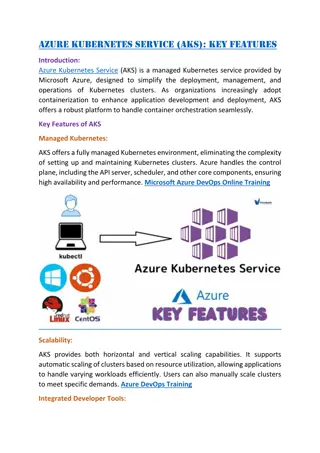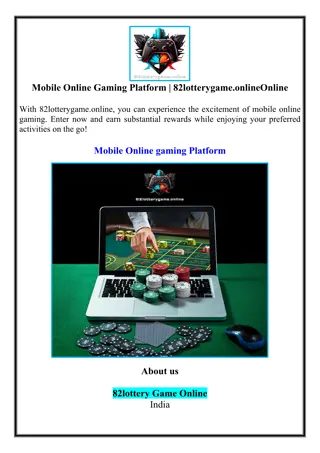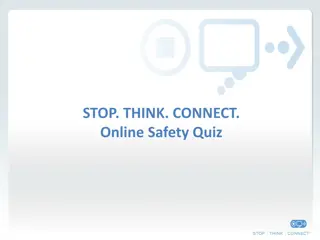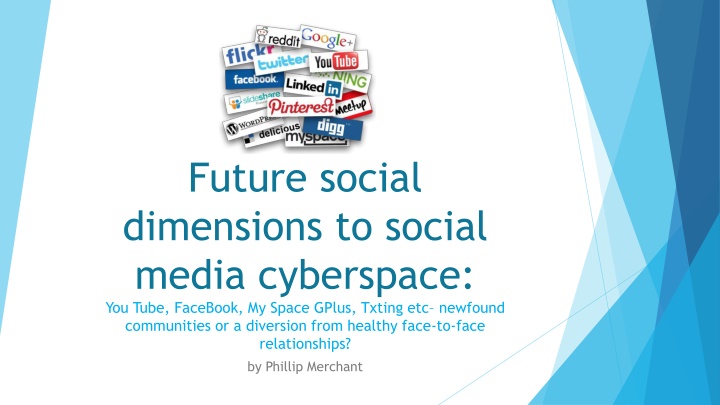
Exploring the Impact of Social Media on Human Interactions
Delve into the evolving landscape of social media and its effects on face-to-face relationships. Discover how online communication shapes our interactions, identities, and communities, posing both opportunities and challenges for modern society.
Download Presentation

Please find below an Image/Link to download the presentation.
The content on the website is provided AS IS for your information and personal use only. It may not be sold, licensed, or shared on other websites without obtaining consent from the author. If you encounter any issues during the download, it is possible that the publisher has removed the file from their server.
You are allowed to download the files provided on this website for personal or commercial use, subject to the condition that they are used lawfully. All files are the property of their respective owners.
The content on the website is provided AS IS for your information and personal use only. It may not be sold, licensed, or shared on other websites without obtaining consent from the author.
E N D
Presentation Transcript
Future social dimensions to social media cyberspace: You Tube, FaceBook, My Space GPlus, Txting etc newfound communities or a diversion from healthy face-to-face relationships? by Phillip Merchant
The New Frontier Are we now living in a world where real world facial expressions are trumped by an emoticon? Are we all so well trained in reading between the lines of a TXT or email that we can no longer see the difference between sarcasm and reality? How oftn do we c the use of shortkuts & spling erors & acept em cos we gota fit in2 140 characters or les? Is this our new normal as a society? Social media has exploded in the last decade. In 2015 YouTube turned 10 years old, Facebook turned 11. We now #tweet, Instagram, Vine, Snapchat, follow people on tumblr and are obsessed with Pinterest. Before this it was MSN and MySpace. Before that texting. Before that let s face it very few care what was before that. These digital spaces are the new social frontier. Emerging communities not bound by geography (so long as you live in the first world). The opportunities are exciting and endless. But at what cost?
Reality check! The overriding amount of communication today occurs online but what is the impact on the face-to-face interactions that we (apparently) value so much? What is the impact on the formation of lasting relationships? This is a moral issue that requires careful navigation.
Why is it so popular? Social media and the interactions that come about as a result of it allow people, particularly young people (though this is now not always the case), to find a community that they fit into. A sense of belonging that eludes them in their real life. Part of their culture school age students today have barely known a world without technology as a source of entertainment, knowledge, and social interaction. You get the answers you want to get. A big danger with social media and technology in general is that you will inevitably get the answers you want whether they are true, factual or accurate. This is the perils of a the digital age. In formative years, this impact on the increasingly secularisation of society cannot be underestimated. A desire for community and relationship. This social phenomenon has not changed, it has simply moved online and broadened its scope. For example, to be a fan of Doctor Who fans are Whovians, One Direction you are a Directioner, Justin Bieber fans are Beliebers and the list goes on. Social interaction can provide identity and community at the click of a button!
The Cyber-Social Reality Without social interaction there is no social reality it is the foundation of all humans relating to each other in all manners possible. Culture: values, meaning common knowledge and a shared past. Culture is produced by social interactions and may settle into Triangle of social reality (Gotved, 2006) a social structure: the more stable patterns of social reality. This includes technology and ideologies.
So when people use a computer (though this term can now include any device) to communicate we interact on a number of levels: an interaction between the human and the computer s interface a human-to-human interaction through the mediating technology As a result we do have the emergence of meaning within and between these two levels. This IS positive. A cyber-social reality is constructed by the individual and the collective through cooperation with the technology and the possibility of communication via technology. Culture and structure still exist but are more fluid, ever-changing more influenced by the interaction and move hence inside the triangle. Triangle of cyber social reality (Gotved, 2006)
Some Positive Effects of Social Media Knowledge fast and easy access to a variety of knowledge and opinion Reach an audience there is the potential to reach millions in a matter of moments. Social change the way that society can support a movement encouraging social change through the use of hashtag (#) is immense. For example, #jesuischarlie after the Charlie Hebdo attack or #illridewithyou after the Sydney Siege, uprisings in the Arab Spring or even #kony2012 which was successful in getting the message out but failed in other areas. Communication we now have the capacity to be in contact with friends and family all over the world in a matter of seconds (and relatively cheaply). Breaking news for example, new of the Boston Marathon bombing was being broken through twitter.
Some Negative Effects of Social Media Cyber bullying and engrained intolerance it is up to the individual on how to use this technology and not all make positive decisions in this area Lack of face-to-face relationships Fostering of shallow relationships and a false sense of connection with people whom they have never met and only communicate with in small doses of constructed language Lack of privacy (and lack of knowledge around this) Limiting of exposure to new ideas as they do not engage outside their social network/community Easily distracted in social situations Decreased productivity in the workplace and in school settings as social media is often a distraction Addiction to social media statistics show that 63% of American Facebook users log on to the site daily, while 40% of users log on multiple times a day.
Distraction and Reinforcement Dr. Shannon M. Rauch, Benedictine University at Mesa, Arizona: "social media is delivering a reinforcement every time a person logs on for those who post status updates, the reinforcements keep coming in the form of supportive comments and 'likes.' And of course we know that behaviors that are consistently reinforced will be repeated, so it becomes hard for a person who has developed this habit to simply stop. Researchers found that people who are more anxious and socially insecure are more likely to use the social networking site. Individuals who gained positive feedback about themselves on Facebook showed stronger activity in the nucleus accumbens of the brain - a region associated with "reward" processing. This stronger activity correlated with greater Facebook use (Honor Whiteman, Medical News Today).
The Paradox A recent study conducted by Bonetti, Campbell, and Gilmore (2010) indicates that online communication may encourage lonely and socially anxious adolescents to engage in self-disclosure with their peers, which enhances their feelings of social connection. Furthermore, lonely students also acknowledged that they felt less shy and more comfortable when they were chatting online, as compared to when they communicated face to face. (Allen, 2014, 23). Social media can enhance belonging, psychosocial wellbeing, and identity development, while at the same time exposing young people to potential negative outcomes (Allen, 2014, 28) as a result of social media misuse and misplaced trust. On one hand social media may have a negative effect and cause an overreliance on these interactions for some form of reinforcement, to the point of addiction and obsession. Yet on the other hand it can be a valuable and useful tool that allows those who are socially anxious engage in positive reinforcement to enhance their well being.
Educating for new cyber-social realities Education, at a primary, secondary and tertiary level is a logical place to begin a discussion on educating for these new cyber societies. The classroom no longer exists in isolation. It is part of a broader global world that is often difficult to navigate successfully. This is where educators need to become technology literate and able to direct the cyber-social interactions. The skills to be taught in schools and at university need to relate directly to the 21st century needs of students. A teacher/lecturer/tutor needs to set the tone for a class, establish the pace of any lesson with knowledge of his/her students and a positive atmosphere that is conducive to learning and the formation of meaning and understanding. This is all face-to-face (both verbal and non-verbal). At the same time, education system need to be responsive to the needs and abilities of students in the classroom. This has always been true. However, with the advent of new technologies we are able to tap into the new social dimension and supplement the face-to-face with more effective teaching tools:
The differences between the two learning environments [face-to-face versus online] suggest that different learning styles and levels of academic proficiency can be addressed by certain features of each instructional approach. Learners who tend to avoid face-to-face learning will find online communication more adaptable to their needs, while those who prefer nonverbal cues to their communication style may need and require the instructional benefits which accrue to sessions which occur in person. Students who write well will be more comfortable in online settings. Those students who struggle with the written word or who have limited keyboarding skills may find it inhibiting to write e-mail or meet in a chat room. Independent learners with high proficiencies in reading and writing will relate to online situations which allow the freedom and flexibility to develop in-depth knowledge. Conversely, students who will need more personal guidance will find online classes isolating and frustrating (Barrera et. al.).
That is to say that technology need not be seen as an unhealthy alternative to traditional interactions (the face-to-face). Of course the side-effects are well known (and technology certainty can negatively impact offline relationships) but ignoring the phenomenon does not assist in changing this. Leaders, parents, teachers, and the extended community network, more than ever, must be guiding examples of proper use of social media in this modern society. That is not to say that all adults are now going to need to become technologically savvy with the technology - but rather set some expectations for younger peoples interactions. Some SIMPLE examples: Encourage correct spelling in online interactions and do not accept TXT language in other scenarios Monitor the interactions online and actively teach the value of inclusion in groups Encourage the mimicking of their real-world interactions online and place real value in these interactions. Just because they are online does not make them any less important, valuable or any less harmful or hurtful.
What is real anyway? The concept of what is real and constructed is changing. Social media is, after all, still interacting with other human beings. It is simply occurring through a mediator the computer, iPhone, iPad, phone or other technology. Social media such as Facebook and Twitter lets people connect with an array different people from anywhere in the world. This can give the opportunity to learn about culture, values, customs, and traditions of other countries. This curiosity has always existed but the medium for discovery is now online. This is still a healthy pursuit. Technology and social media can be incredibly helpful, exciting and useful new communities but their use needs to be mediated.
The changing face of social media Ironically, much of social media now is face- to-face. As developments have emerged over time, social media has reengaged with the need for face-to-face contact. The importance of the visual in online communication is being rediscovered through the use of Skype, Facetime, Google Hangout, Viber videos, WhatsApp videos, sound recordings, YouTube channels etc. Even the rise of Instagram (photo sharing) shows the need for the visual in such interactions. Facetime Demo Video The face-to-face is still mediated by a screen but these are increasingly healthy ways to engage with the modern world.
A Catholic point of view While discerning the pros and cons it is always useful to remember Pope Francis, January 2014: The Internet, in particular, offers immense possibilities for encounter and solidarity, this is something truly good, a gift from God. BUT The speed with which information is communicated exceeds our capacity for reflection and judgment, and this does not make for more balanced and proper forms of expression. We need, for example, to recover a certain sense of deliberateness and calm. This calls for time and the ability to be silent and to listen. AND The impartiality of media is merely an appearance; only those who go out of themselves in their communication can become a true point of reference for others. Personal engagement is the basis of the trustworthiness of a communicator. These technologies are truly a gift to humanity and we must endeavour to ensure that the benefits they offer are put at the service of all human individuals and communities, especially those who are most disadvantaged and vulnerable I would encourage all people of good will who are active in the emerging environment of digital communication to commit themselves to promoting a culture of respect, dialogue and friendship. Benedict XVI, 24 May 2009
Something to think about! Essentially, walking the tightrope of the emerging cyber-social realities is increasingly difficult. Face-to-face interaction still has a huge role to play in society though it is different and ever-changing. It enables those who may not have a social community to find one (though this itself is fraught with danger). By using these technologies, we are actively engaging with the 21st century skill sets that we are told employers are seeking. This is a good thing. Technology and social media can be used to enhance the learning experience of students with varying needs but the correct application of these social interactions need to be taught and modelled. The world is richer because of our new capacity to reach out to others all over the world and learn about their culture, opinion and spirituality. However, this is difficult to navigate as one form of communication cannot simply replace another.




